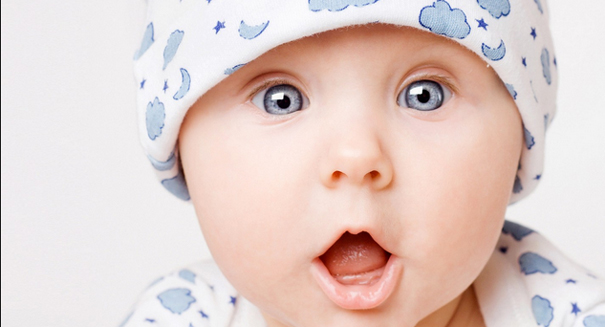
Births in the U.S. have been on a big decline that has lasted for years -- until now.
A shocking new annual report from the Centers for Disease Control and Prevention’s National Center for Health Statistics indicates that there were 62.9 births for every 1,000 reproductive-aged women in 2013 — that’s a 1 percent increase in the birth rate in 2013, the first time that has happened in years.
Women in their 30s and early 40s were driving the increase, as they had 3 and 2 percent more births, respectively, than they had had in 2012, with a rate of 100.8 births per 1,000 for women ages 30 to 34, and 50.9 for women 35 to 39, according to a CNN report.
Teen births dropped 9 percent since 2013, continuing a trend that started in 1991 and has declined 61 percent since then, increasing in speed in recent years. It had been at 24.2 per 1,000 last year. Meanwhile, births among women in their 20s decreased by 2 percent.
So why the change? Well, it could have to do with the economy. Much of the reproductive decline started in 2007, which is about when the economic downturn happened, and now that the economy is starting to pick up steam, people are now feeling more confident about having children.
Fortunately, however, there hasn’t been a subsequent rebound in teen births. That appears to be declining due to a cultural shift, as obviously teens don’t postpone kids over economic worries, unlike women in their 20s and 30s. Improved access to contraceptives and other services, as well as better education, have caused a reduction in undesired teen pregnancies.